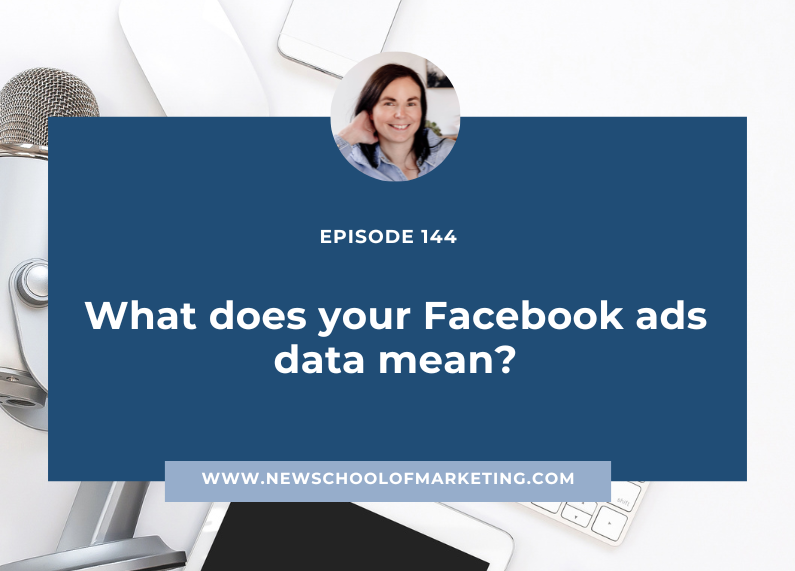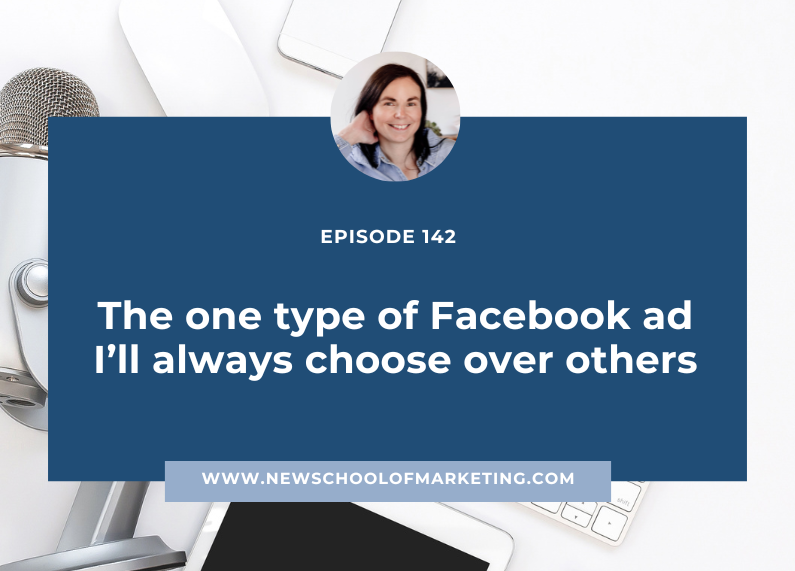Last week we looked at which Facebook pixel to install on your website, if you missed this posted head back to read it before coming back here to learn where to install your Facebook pixel.
To install the pixels on your website you will need access to the back-end of your site or work with a web developer to install your pixel if you don’t feel comfortable enough to install it yourself.
The Facebook pixels always need to be installed between the opening <head> and closing </head> tags.
Facebook gives the following instructions for installing the pixel:
You must install the pixel base code into the header code of every page of your website. This lets you get data about all page views on your website, to establish a baseline for measuring specific events. Find the <head></head> tags in your webpage code, or locate the header template in your CMS or web platform.
As mentioned in the instructions provided by Facebook, the Base pixel needs to be installed on all your web pages to track general pageviews and trigger the standard event code pixels. To do this you need to find the place on your site where you can install the pixel so that it is applied site wide. Often this can be done with a plugin on wordpress or by embedding it inside your website’s code.
To track the right pages with your View Content pixel, you want to install it on those pages that are relevant to your offer and that you want to use later to retarget.
For example, if you’re launching and are writing launch relevant blog posts and you want to later retarget your offer to those who have visited your launch relevant blog posts, I recommend installing your view content pixel on those specific blog posts.
Other recommended pages to install your view content pixel are your sales pages and landing pages.
The final pixel I discussed in last week’s post is the Complete Registration pixel. This is the pixel that will help you track who exactly entered their name and email address and hit submit on your landing page. The Complete Registration pixel should be installed on the page that your landing page redirects to after someone submits the form. I would call this a ‘Thank You’ page but it could be any type of custom created page that is only seen and used when someone enters their details and submits the form.
So, are you ready to install the pixels and start tracking valuable data?
If you’re unsure of how to install your pixels and want some guidance, I currently have a special offer on my Facebook Pixels Mini Program.








0 Comments